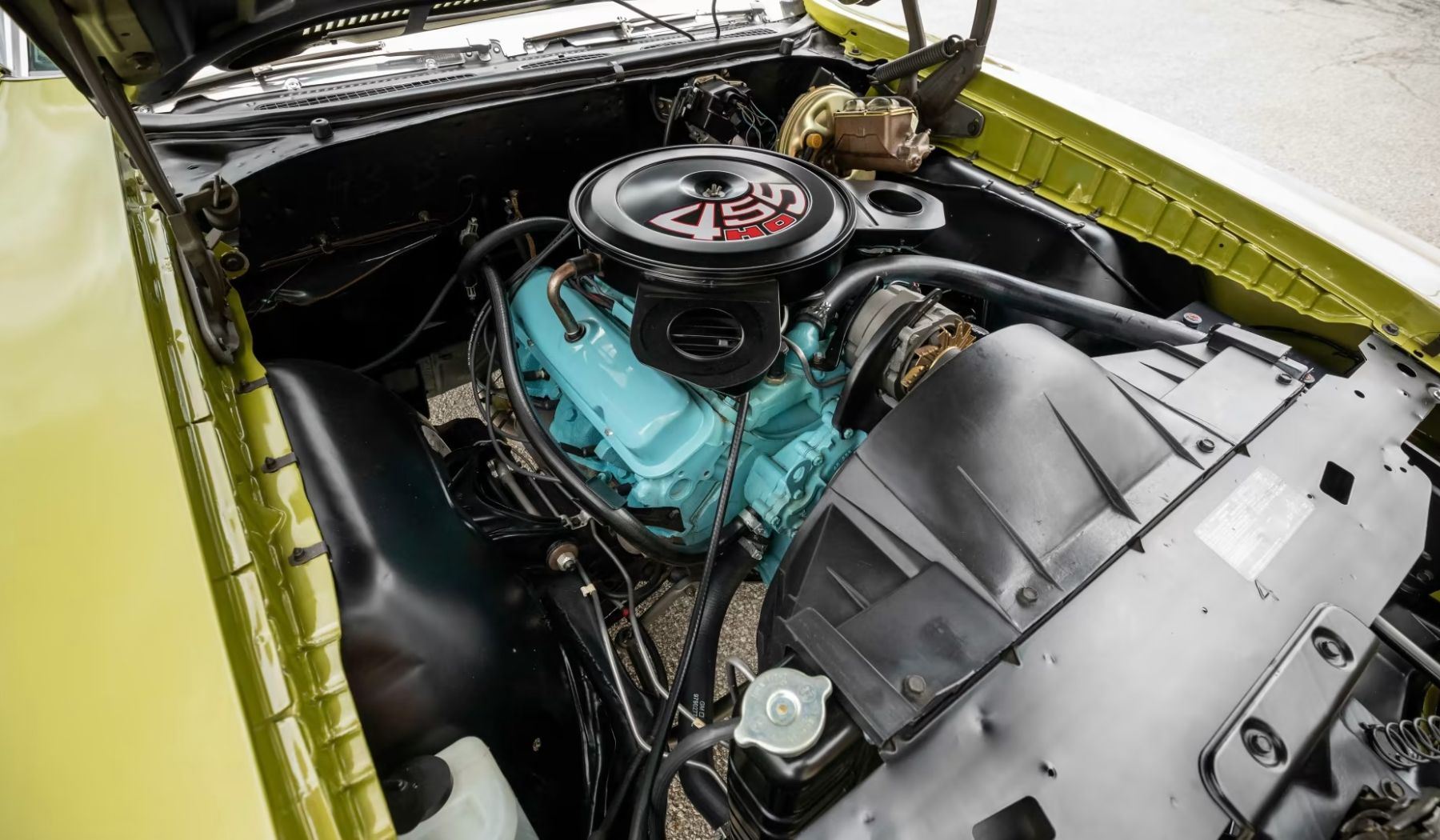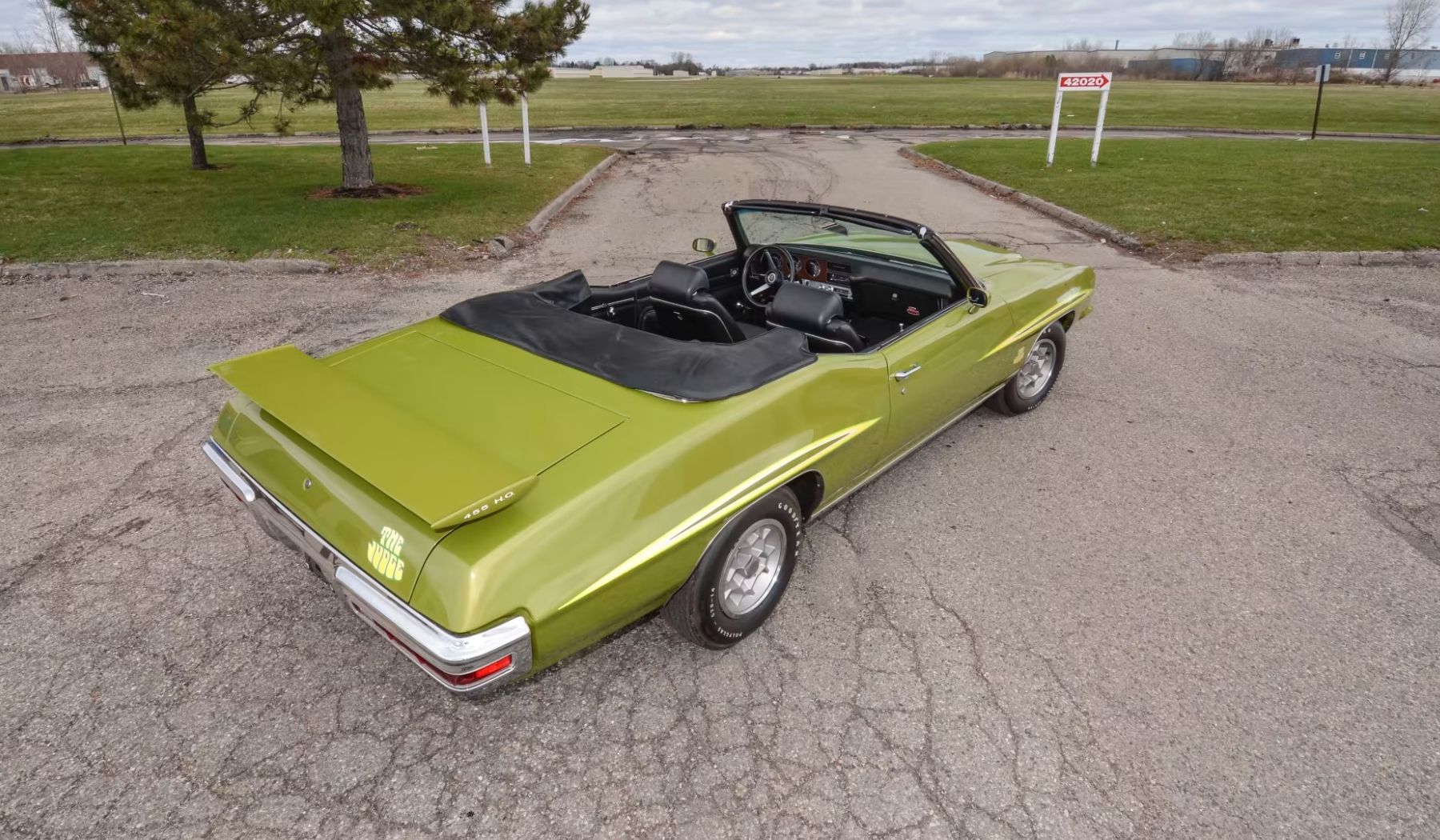The Pontiac GTO, a muscle car icon, was introduced in 1964 and quickly became a sales sensation. Available as a package for the LeMans, the GTO featured a powerful V8 engine and distinctive styling. It was offered in both coupe and convertible body styles. While the coupe was more popular, the convertible was a rare and desirable option.
The GTO’s popularity can be attributed to its performance and styling. The powerful V8 engine provided ample acceleration, and the distinctive styling set it apart from other muscle cars. The GTO was a favorite of performance enthusiasts and drag racers.

The GTO continued to evolve throughout its production run. In 1969, the Judge trim level was introduced. The Judge featured a more aggressive appearance and a more powerful engine. It was a popular choice for those who wanted the ultimate GTO performance.
Unfortunately, rising insurance rates and emissions regulations led to the discontinuation of the GTO in 1971. The GTO remains a beloved muscle car and is highly sought after by collectors today. The 1971 GTO Judge convertible, despite its rarity and historical significance, was a commercial failure. While the Judge trim had been popular in previous years, the 1971 model, with its updated styling and powerful 455 HO engine, failed to attract buyers.
This led to Pontiac discontinuing the Judge trim and ultimately the GTO itself. However, the scarcity of the 1971 Judge convertible has made it a highly sought-after collector’s item, with prices reaching significant heights in recent years. One of the reasons for the 1971 GTO Judge convertible’s commercial failure was the changing automotive world.
The muscle car era was coming to an end, and consumers were increasingly turning to fuel-efficient and environmentally friendly vehicles. The GTO Judge, with its powerful engine and performance-oriented features, is no longer aligned with the evolving tastes of the market. Additionally, the 1971 GTO Judge convertible faced competition from other muscle cars, such as the Chevrolet Camaro and Ford Mustang.
These models offered similar performance and styling but were often more affordable and widely available. The Judge’s limited production and higher price point made it a less attractive option for many potential buyers. Furthermore, the 1971 GTO Judge convertible was also affected by the changing regulatory environment.
The early 1970s saw the introduction of stricter emissions standards, which forced car manufacturers to make changes to their engines. These changes often resulted in reduced power and performance, which was not appealing to muscle car enthusiasts. Despite these challenges, the 1971 GTO Judge convertible has become an iconic and valuable piece of automotive history.
Its rarity and distinctive features have made it a highly sought-after collector’s item. The convertible’s unique combination of power, style, and scarcity has ensured its place in the hearts of muscle car enthusiasts. One of the factors that has contributed to the 1971 GTO Judge convertible’s value is its limited production. Only a small number of these vehicles were ever made, making them highly desirable among collectors.

Additionally, the convertible’s unique styling and performance characteristics have also helped to increase its value. In recent years, the 1971 GTO Judge convertible has been selling for high prices at auction. Some examples have fetched hundreds of thousands of dollars, making them one of the most expensive muscle cars on the market.
This trend is likely to continue as the number of surviving 1971 Judge convertibles decreases over time. The 1971 GTO Judge convertible was a commercial failure at the time, but it has since become a highly sought-after collector’s item.
Its rarity, unique styling, and powerful engine have made it a valuable and iconic piece of automotive history. As the number of surviving examples continues to dwindle, the value of the 1971 GTO Judge convertible is likely to increase even further.
